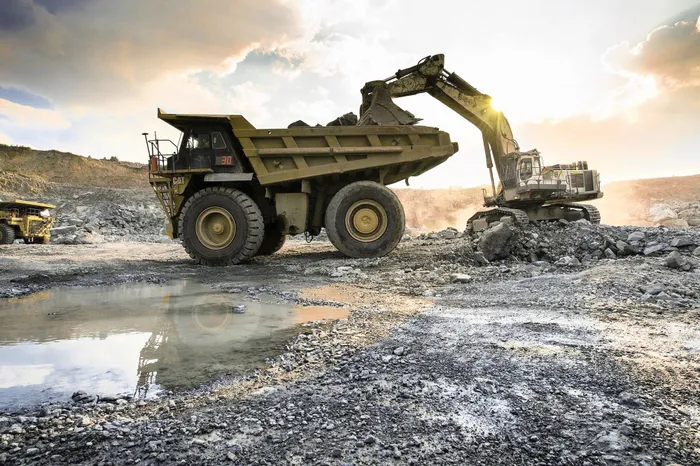Mining sector shows signs of recovery with significant rise in iron ore output
MINIG

Data from Statistics South Africa (Stats SA) on Tuesday revealed that mining production rose by 0.2% year-on-year in May, rebounding slightly after a sharp 7.7% decline in April.
Image: Supplied
Mining activity in South Africa rebounded slightly in May and ended a six-month streak of contraction, buoyed by a double-digit production expansion of iron ore.
Data from Statistics South Africa (Stats SA) on Tuesday revealed that mining production rose by 0.2% year-on-year in May, rebounding slightly after a sharp 7.7% decline in April.
Stats SA’s principal service statistician, Jean-Pierre Terblanche, said the rise was mainly driven by iron ore, which expanded by 12.5%, adding 1.7 percentage points to overall mining growth.
The increase in platinum group metals (PGMs) output in May is more a base effect, following production disruptions in April.
Moreover, gold, chromium ore, nickel and other metallic minerals added a further 0.8 of a percentage point (combined) to the headline number.
“Nickel, diamonds, chromium ore, cobalt, and gold also reported positive year-on-year growth rates in May. Several minerals were weaker, including manganese ore, coal and platinum group metals,” Terblanche said.
The positive overall mining growth performance in May augurs well for quarterly production of the mining sector.
On a month-on-month basis, seasonally adjusted mining production increased by 3.7% in May compared with April, following a revised flat reading in the previous month.
In the three months ended May, mining production increased by 2.6% compared with the previous three months.
Investec economist Lara Hodes said manufacturing conditions globally picked up in June, according to the results of the JP Morgan Global Manufacturing PMI survey, which is supportive of industrial demand going forward.
According to S&P Global, elevated uncertainty around the extent and effect of tariffs on global growth persists and remains a downside risk.
“Bulk mineral exports continue to be impacted by the country’s logistical challenges, including port and rail inefficiencies, leading to billions of rands in lost revenue. Creating a world-class logistics system to drive export growth remains a key priority of the government,” Hodes said.
“Dealing with the other challenges that impede the country’s competitive position remains imperative. Specifically, according to the President of the Minerals Council “South Africa’s mining industry remains a cornerstone of economic stability and progress” and it “continues to play a pivotal role in job creation, foreign exchange earnings and industrial growth”.
Meanwhile, minerals sales earnings measured in current prices soared by 18.8% in May compared to twelve months ago. Leading the surge was gold sales which increased by a mammoth 338.7%. This is explained by a 40% increase in the gold price when compared to a year ago
The gold price has reached record levels this year as a safe haven investment amid a global environment faced with elevated geopolitical and trade tensions.
Gold sales earnings increased by an eye-catching 338.7% (year-on-year), from R4.9 billion to R21.3bn.
Minerals Council senior economist, Bongani Motsa, said continued volatility in global markets emanating from the US tariff regime continue to affect demand for minerals, impacting prices.
“In such an environment the gold price should remain well supported. Gold is viewed as a safe haven investment instrument. Most of South Africa’s mineral exports to the US are currently exempt from the tariffs, except for diamonds and iron ore,” Motsa said.
“The tariffs are likely to increase auto prices in the US, resulting in risking lower total demand. If realised, the decline in demand for autos in the US will likely affect PGMs production in the short- to medium term via a reduced demand for autocatalytic converters.”
BUSINESS REPORT